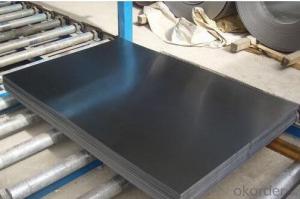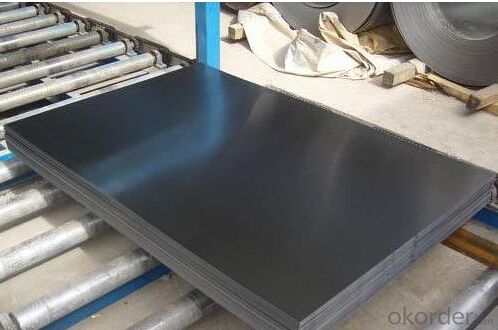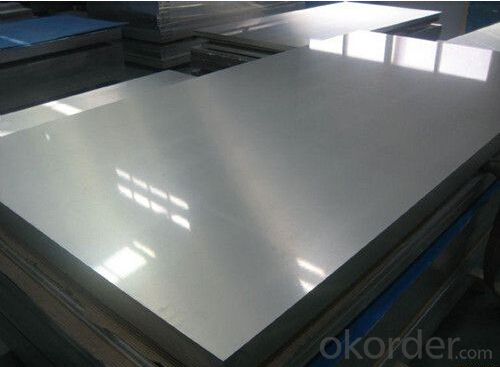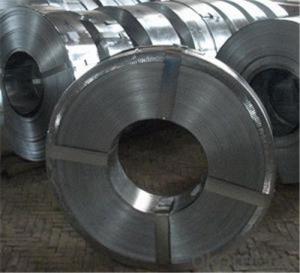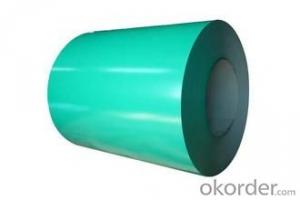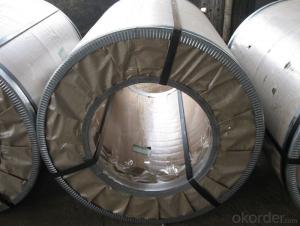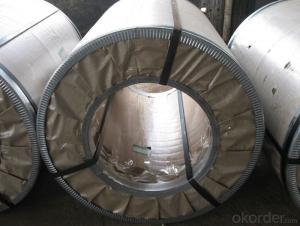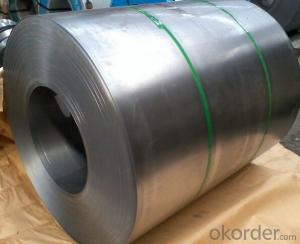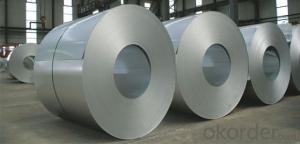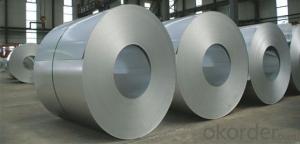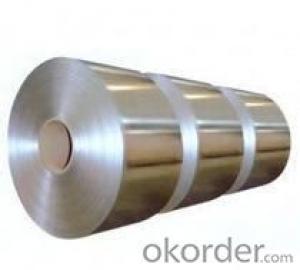Best Quality of Cold Rolled Steel Sheet from China
- Loading Port:
- Shanghai
- Payment Terms:
- TT OR LC
- Min Order Qty:
- 100 m.t.
- Supply Capability:
- 5000 m.t./month
OKorder Service Pledge
OKorder Financial Service
You Might Also Like
1.Structure of Cold Rolled Steel Description:
The raw material of cold rolled steel coil/sheet is high quality hot rolled product, and after pickling continuous rolling, degreasing, annealing,skin pass,slitting and cut to length line etc. Along with it many kinds of new technology and new process of global cold rolling production have been applied. Therefore the quality of the goods could be guaranteed. The product is widely used in outdoor and interior decoration, furnishing manufacturing, home appliance, automobile etc.
2.Main Features of the Cold Rolled Steel:
• Excellent process capability
• Smooth and flat surface
• Workability, durability
• Excellent heat resistance performance
• High strength
• Good formability
• Good visual effect
3.Cold Rolled Steel Images
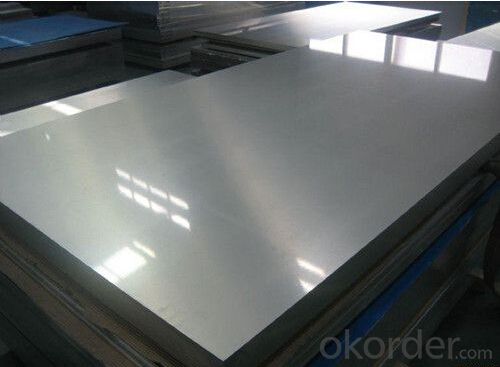
4.Cold Rolled Steel Specification
Standard:AISI,ASTM,DIN,GB,JIS,JIS G3302 ASTM 653M EN10142
Grade: Q195~Q345
Thickness: 0.16mm~1.5mm,0.16-1.5mm
Width: 1250,600-1250mm
Coil weight:3-12 MT
Coil ID:508/610mm
Chemical composition:
C | Si | Mn | Cr | Ni | P | S |
0.150 | 0.476 | 11.231 | 12.50 | 0.900 | 0.039 | 0.010
|
5.FAQ of Cold Rolled Steel
We have organized several common questions for our clients,may help you sincerely:
1.How about your company?
A world class manufacturer & supplier of castings forging in carbon steel and alloy steel,is one of the large-scale professional investment casting production bases in China,consisting of both casting foundry forging and machining factory. Annually more than 8000 tons Precision casting and forging parts are exported to markets in Europe,America and Japan. OEM casting and forging service available according to customer’s requirements.
2.How to guarantee the quality of the products?
We have established the international advanced quality management system,every link from raw material to final product we have strict quality test;We resolutely put an end to unqualified products flowing into the market. At the same time, we will provide necessary follow-up service assurance.
3. How long can we receive the product after purchase?
Usually within thirty working days after receiving buyer’s advance payment or LC. We will arrange the factory manufacturing as soon as possible. The cargo readiness usually takes 15-25 days, but the shipment will depend on the vessel situation.
- Q: How are steel coils used in the manufacturing of industrial boilers?
- Steel coils are used in the manufacturing of industrial boilers as they provide a strong and durable material for constructing the boiler's shell and tubes. The coils are shaped and welded together to form the boiler's structure, ensuring a sturdy and reliable construction. Additionally, the steel coils are often coated or treated to resist corrosion and withstand high temperature and pressure conditions, making them suitable for the demanding environment of industrial boiler operations.
- Q: How are steel coils used in the manufacturing of agricultural silos?
- Steel coils are used in the manufacturing of agricultural silos by being formed and shaped into corrugated sheets, which are then assembled into the walls of the silo. The strength and durability of the steel coils ensure that the silo can withstand the weight of the stored grains and withstand external pressures.
- Q: This question is directed to anyone who has played or know someone who plays a lap or pedal steel guitar.I've been a guitarist for about 8 years now and have played a variety of styles from rock, fingerstyle/classical, singer/songwriter acoustic stuff, ect, and now I've really had an interest in learning how to play a lap steel or pedal steel guitar. I am completely new to the instrument(s), so I'm seeking all the information I can. I do know that a pedal steel is a lot more expensive, so I'm probably looking to start on a lap steel for now. Basically how should I get started? Should I find a cheap lap steel at a pawn shop or purchase something new? Are there any good method books out there? I'm a pretty experienced guitarist, so should I expect to get the hang of it quickly? Is there much of a market for a lap/pedal steel player? haha.Also, I am left handed. How much trouble would it be to re-string a steel guitar? Or would I be better off getting a left-handed model?
- Hello okorder / I'm not familiar with the brand...it's certainly not commonly played....but it has the features you need for a starter guitar.
- Q: I am a complete idiot when it comes to anything musical, so please forgive me if this is a stupid question. I bought my son his first guitar, acoustic and didnt realize until after I purchased it that it has steel strings. Can I have the strings changed from steel to nylon???
- You can easily switch from steel to nylon strings or vice versa. You can buy the strings and string the guitar yourself or I'm sure you can get it done in any normal guitar shops. I've gone from nylon to steel and it hasn't affected my guitar at all. :D
- Q: What are the quality standards for steel coil production?
- The quality standards for steel coil production typically include factors such as dimensional accuracy, surface finish, mechanical properties, chemical composition, and adherence to industry-specific standards and specifications. These standards ensure that the steel coils meet the required strength, durability, and performance criteria, and are suitable for various applications in industries like automotive, construction, and manufacturing.
- Q: I heard that the stores don't sale Steel Legion anymore...Is this true..Also I want to know why they cost more than regular Imperial Guardsmen..Such as Cadian...Do they have something Special?Also what do I need to buy to have a complete Steel Legion army..I need two squads of troops of 20's?and two sergeants for each squad.and one commiser?Well I;m guessing..someone please help...I havent played in about 4 years.
- The stock at various shops may vary, but you can buy Steel Legion miniatures through the mail order, or the Internet from GW. Cadian troopers are plastic, There are no plastic Steel Legion troops. The plastic models are (a tiny bit) not so horribly expensive as the metallic ones. The minimum requirements for your force vary from mission to mission, but a good start is 1 HQ unit 2 Troop choices. Also, the total points cost of the battle is to be considered. (Usually 500, 1000, or 1500 points.) What you described is one possible choice, although the size of IG squads is 10 and not 20. And you must include a command squad, the commissar is optional. You might change the other 20 troops for a tank, or a squad of Sentinels. Happy gaming!
- Q: what is the history of steel and how did they start making it, i need a link or an answer that is five paragraphs long. plus i need examples of subtitles about the history of steel. i am doing this for a science project and hope that someone can help me out.thanks
- There's wide history of steel, you can read different tutorials online to know more about it. Check wiki for detailed information.
- Q: What is the role of steel coils in the production of appliances?
- The role of steel coils in the production of appliances is to provide a strong and durable material for the construction of various components and structures. Steel coils are commonly used to manufacture appliance parts such as panels, frames, cabinets, and internal components. The high strength and versatility of steel make it ideal for withstanding the stress and demands of everyday appliance use. Additionally, steel coils can be shaped, molded, and welded to create customized designs and configurations, ensuring the appliances are both functional and aesthetically pleasing.
- Q: What is the average thickness tolerance for steel coils?
- The average thickness tolerance for steel coils can vary depending on the specific industry and application, but a common tolerance range is typically around ± 0.005 to ± 0.010 inches.
- Q: I mean about if I had a piece of metal, how can i decide that's iron or steel?Sorry for bad English.
- There are literally hundreds and hundreds of different commercial steel alloys and a good number of iron alloys so... it depends. Technically, steel is any alloy that is mostly Fe with some amount of carbon. Even if you have access to the necessary lab equipment, CTE (coef of thermal expansion) and specific heat are not very straight forward tests. There are, of course, chemical analysis instruments for measuring C content in steels so, if you really need to know, you can spend money at commercial lab that does these tests. One quick test to judge C content... touch the metal to a grinding wheel, higher C content produces more sparks. To calibrate the way this looks, compare the sparks from a drill bit (usually 1090 steel so 0.9 wt% C) to a steel nail (low C steel). Unfortunately, the difference in sparking between steels with pretty low C content and a piece of iron will not be very dramatic. Of course, iron might mean Cast Iron and, again, there are a good number of commercial cast iron alloys and there are 4 basic types of cast iron alloys and they contain high amounts of C.
Send your message to us
Best Quality of Cold Rolled Steel Sheet from China
- Loading Port:
- Shanghai
- Payment Terms:
- TT OR LC
- Min Order Qty:
- 100 m.t.
- Supply Capability:
- 5000 m.t./month
OKorder Service Pledge
OKorder Financial Service
Similar products
Hot products
Hot Searches
Related keywords
